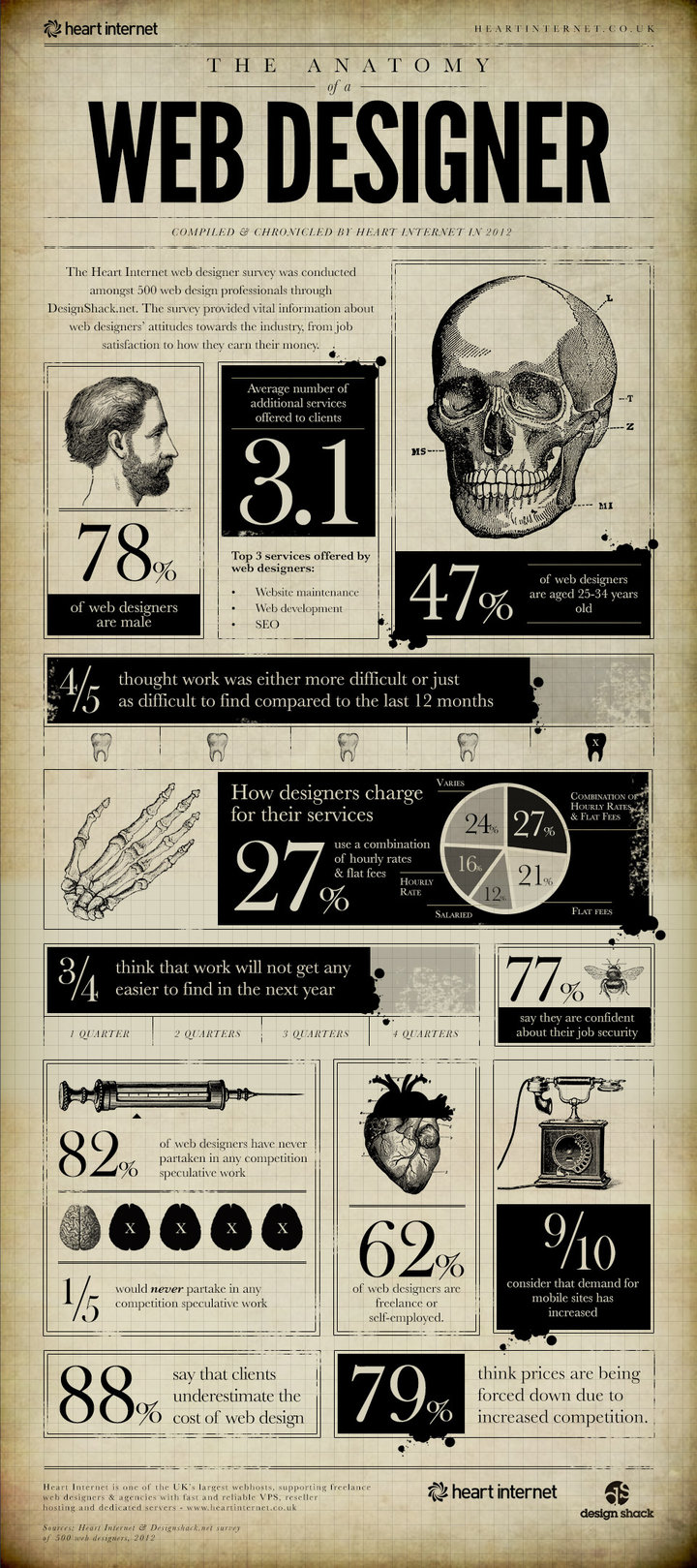In case you haven’t noticed, Pinterest has exploded over the past year and a half. In fact, it is now the fourth largest driver of traffic worldwide. The lesson to learn is that visual content moves the masses. Ryan Wilson at Business2Community has some clever ways to increase social media engagement by using more images in your posts.
1. Create your own Meme
They are easy to create and give a fun, lighthearted vibe rather than a more desperate, “we want your business” type of message that drives away social media users. And they are literally everywhere.
2. Infographics
We’ve used quite a few on this very blog. They contain a ton of information that you would never read an entire article to glean.
3. Regular Photos
Old school and timeless. Whether it’s of customers, your store or your new product, take a picture and share it with the masses.
4. Take Submissions
Ask your audience to send in their own pics of them utilizing your products. They do the heavy lifting but you reap the benefits.
The point is, be creative and visual. You’ll see a remarkable difference.








![[INFOGRAPHIC] Quality Score](https://www.tulsamarketingonline.com/wp-content/uploads/2012/10/rsz_dna-continued-conversations-business2-full.jpg)




